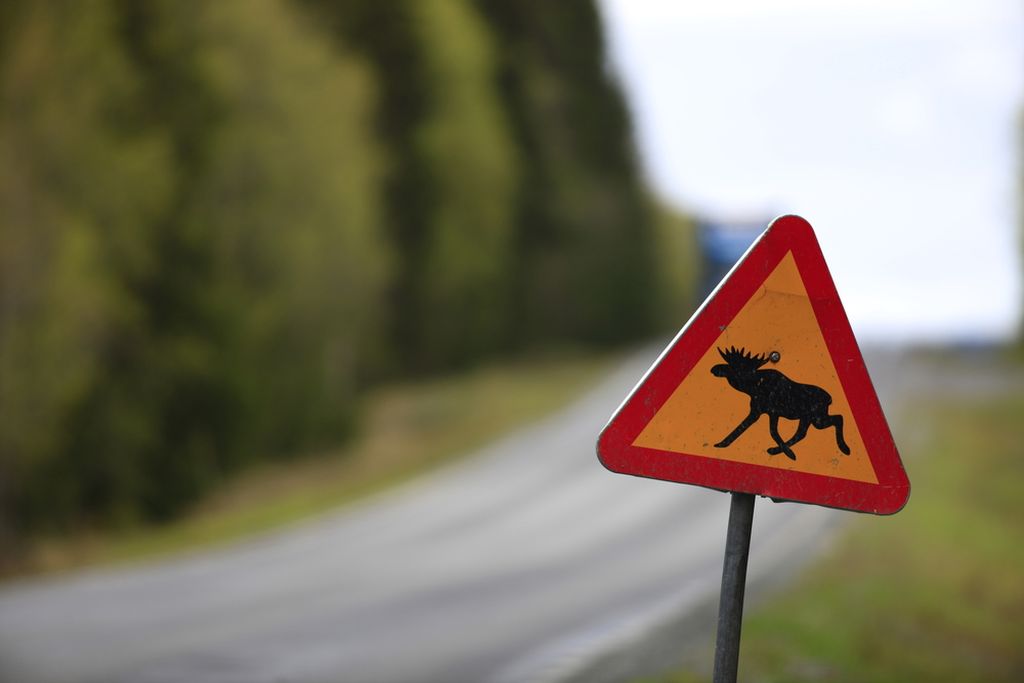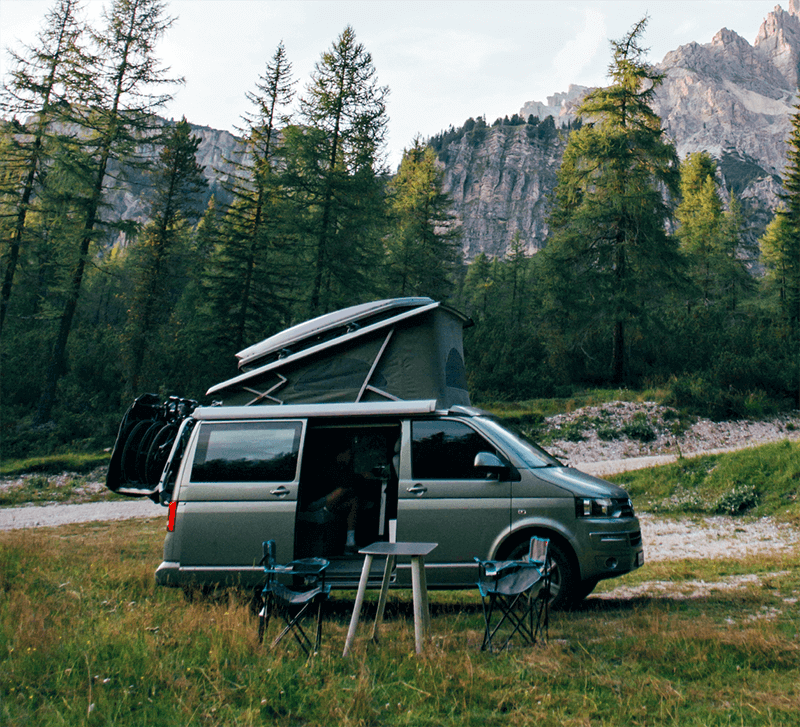Embarking on a Swedish road trip in a campervan is an adventure like no other. The freedom to explore the country's picturesque landscapes at your own pace is truly liberating.
However, to ensure a safe and enjoyable journey, it's essential to familiarize yourself with Swedish road signs. Understanding these signs not only keeps you compliant with local traffic laws but also enhances your overall travel experience.
Why Understanding Swedish Road Signs Is Important for Tourists
Driving in a foreign country can be daunting, especially when faced with unfamiliar traffic signs. In Sweden, road signs may differ in design and meaning from those in your home country. Here's why it's crucial to grasp their significance:
Safety: Recognizing warning signs helps prevent accidents by alerting you to potential hazards ahead.
Legal Compliance: Adhering to prohibitory signs ensures you avoid fines and legal issues.
Efficient Navigation: Understanding informational signs aids in seamless travel, guiding you to destinations, services, and amenities.
Cultural Integration: Being knowledgeable about local traffic signs reflects respect for Swedish road culture and enhances your travel experience.

Types of Road Signs in Sweden
Swedish road signs are categorized to convey specific information. Familiarizing yourself with these categories will aid in quick recognition and response.
Warning Signs
Warning signs in Sweden are triangular with red borders and a yellow background, designed to alert drivers to potential hazards. Common warning signs include:
Dangerous Curves
Indicates sharp bends ahead.
Steep Hills
Warns of significant uphill or downhill gradients.
Wildlife Crossing
Alerts drivers to areas where animals like moose or deer may cross the road.
Road Narrows
Signals that the roadway will become narrower.
Slippery Road
Indicates surfaces that may be slippery due to weather conditions.
Prohibitory Signs
These circular signs with red borders and yellow backgrounds indicate restrictions or prohibitions. Examples include:
Speed Limits
Denotes the maximum allowable speed.
No Entry
Indicates that entry is prohibited for all vehicles.
No Overtaking
Prohibits overtaking in specific zones.
Weight Restrictions
Limits based on vehicle weight, crucial for campervan drivers.
No Parking
Indicates areas where parking is not allowed.

Mandatory Signs
Circular with blue backgrounds, mandatory signs specify required actions. Key examples are:
Direction Arrows
Indicate the required direction of travel, such as turn left or right.
Roundabout
Signifies the approach to a roundabout, requiring vehicles to yield to traffic from the left.
Cycle Path
Designates paths exclusively for cyclists and, in some cases, mopeds.
Pedestrian Path
Indicates areas designated solely for pedestrian use.
Minimum Speed
Specifies the minimum speed vehicles must maintain.
Informational Signs
Rectangular in shape, these signs provide essential information to drivers. Examples include:
Motorway Indicators
Signifies the beginning or end of a motorway.
Parking Areas
Indicates designated parking zones.
Hospital
Shows the location of medical facilities.
Fuel Stations
Alerts drivers to upcoming petrol stations.
Tourist Attractions
Highlights sites of interest for travelers.
Unique Swedish Road Signs
While many Swedish road signs align with international standards, some are unique to the country:
Moose Crossing
Given Sweden's abundant wildlife, signs warning of moose crossings are common, especially in rural areas.

Snowmobile Routes
In regions where snowmobiling is prevalent, signs indicate designated snowmobile paths.
Seasonal Road Closures
Certain roads may be closed during specific seasons due to weather conditions, with signs indicating such closures.
Studded Tires Prohibited
In some urban areas, signs indicate restrictions on the use of studded tires to reduce road wear and pollution.

Understanding Road Signs in Sweden for Your Perfect Road Trip
To make the most of your Swedish campervan adventure, consider the following tips:
Study Before Departure: Familiarize yourself with common Swedish road signs before hitting the road.
Use Navigation Tools: GPS devices and mobile apps often include information on local traffic signs and regulations.
Observe Local Drivers: Pay attention to how local motorists respond to signs, as it can provide practical insights.
Stay Updated: Road conditions and regulations can change due to weather or construction. Regularly check for updates during your trip.
Embarking on a campervan journey through Sweden offers unparalleled freedom and flexibility. To enhance your experience, consider renting a well-equipped campervan from Campervan Sweden. With a reliable vehicle and a solid understanding of Swedish road signs, you're well on your way to a memorable and safe adventure.
Remember, the open roads of Sweden are calling. Equip yourself with knowledge, choose the right campervan, and set off on an unforgettable journey through this Scandinavian paradise.


 By
By








